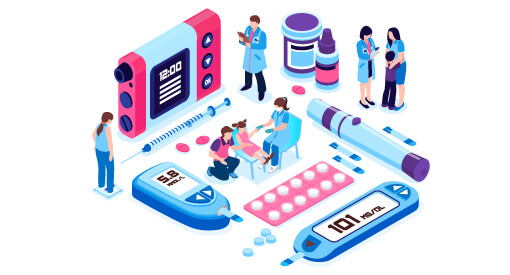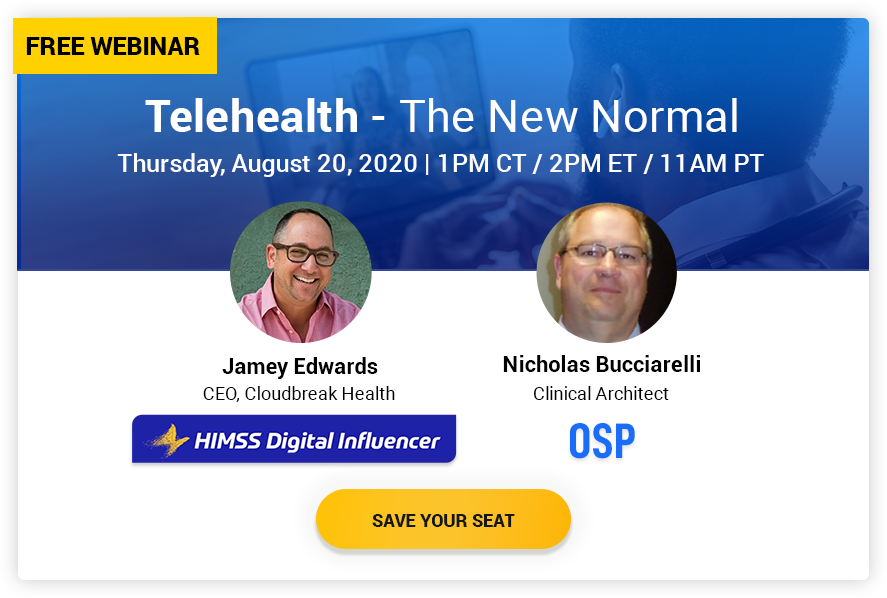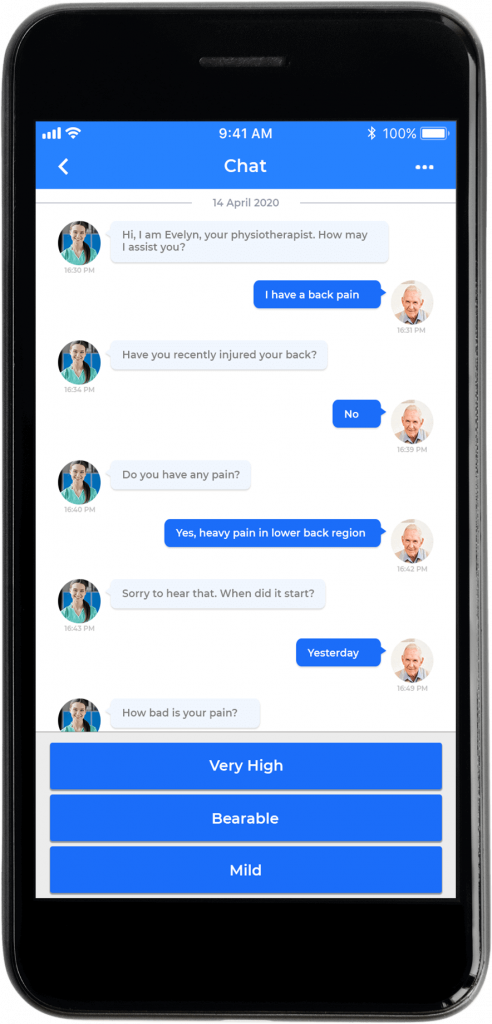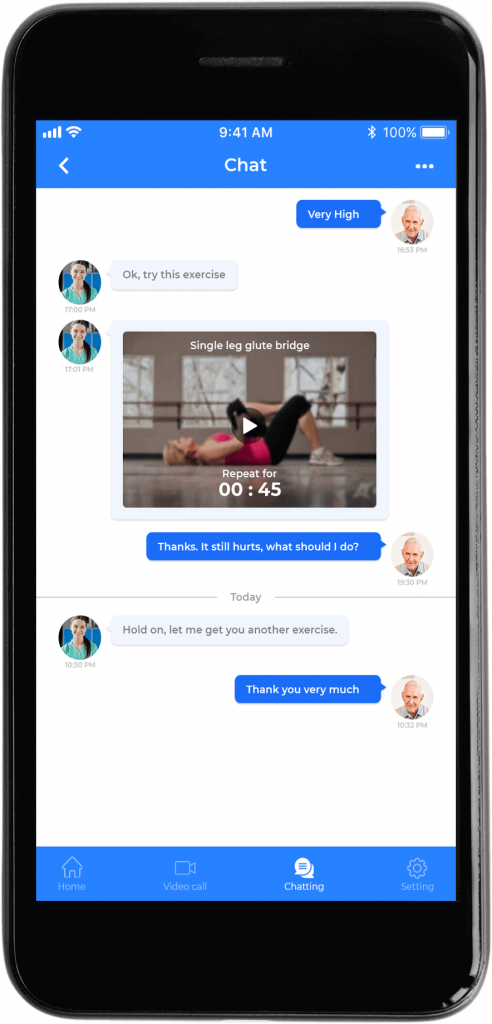Introduction:
As we move along the evolved culture of patient-centric caregiving in the healthcare sector, never before has the patient been as empowered as now. As essential as the process of providing care is the value being seen in a well-informed patient that accepts and works toward their own welfare and quality of life. When patients are misinformed or lack information, their choices and decisions can go against physician advice and cause a deterioration in health. The more well-versed the patient, the higher the patient’s control, the more likely that the patient will manifest willing lifestyle changes and comply with physician advice. This process of empowering the patient, through structured, customized, and methodical information sharing, is called patient education.
Providing the patient with information about their disease ensures that the patient comprehends the physician’s instructions and the need for any lifestyle changes. As with chemotherapy, the lifestyle choices, and the post-treatment behavior is as important as the chemotherapy itself. An educated patient is more likely to make the required shifts. It can further prepare the patient for what to expect and reduce resistance and anxiety. Finally, compliance with medication requirements has never been easier than when a patient takes their health into their own hands.
Advantages of Patient Education:
The advantages of patient education are manifold for the healthcare organization as well. Clinical outcomes increase in quality, emergency care reduces, and overall health costs reduce. Increased patient satisfaction drives a higher volume of patients to the related provider and decreases liability. Health literacy is a goal that should swiftly turn into a priority in the healthcare sector. Intelligent technological adoptions have assisted the nursing staff in keeping their patients better informed during clinical procedures and recovery. Some specific advantages of patient education include:
- Patient participation in recovery
- Error identification
- Reduced length of hospital stays
- Increased patient safety
- Higher quality of clinician-patient communication
- Engaging patient cooperation
- Lower rates of readmission
- Lower mortality rates
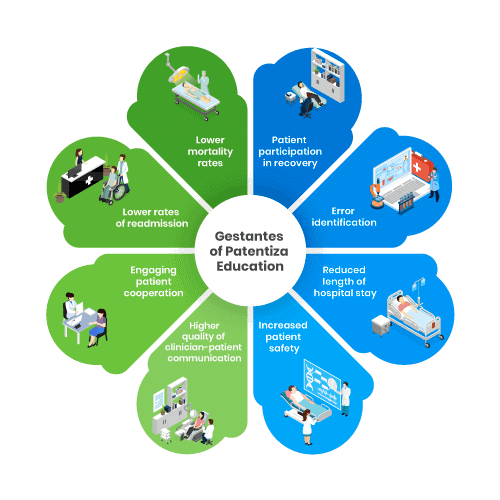
Strategies:
Custom-developed Patient Education Apps:
As part of the patient education program, custom-developed patient education apps have seen a recent surge due to their success factor. These intelligently designed applications aim to create a level of awareness among patients, by strategically providing tailored information for easy access on their devices. Information regarding the specific treatment options, along with general information on the patient’s ailment and relevant procedures are available for the patient’s viewing at their convenience. Added features can include predictive analysis of symptoms by the collection of information regarding the vitals of the patient.
Within these apps, there are provisions for content that relates to specific precautionary measures, data, statistics, etc. Hesitations can be addressed through surgery success videos. This allows for increased communication between the clinician and patient that takes place outside the premise. Empowering patients through access to this information can be extended to post-discharge follow-ups and prescription requirements as well.
ABA Therapy for Autistic Kids:
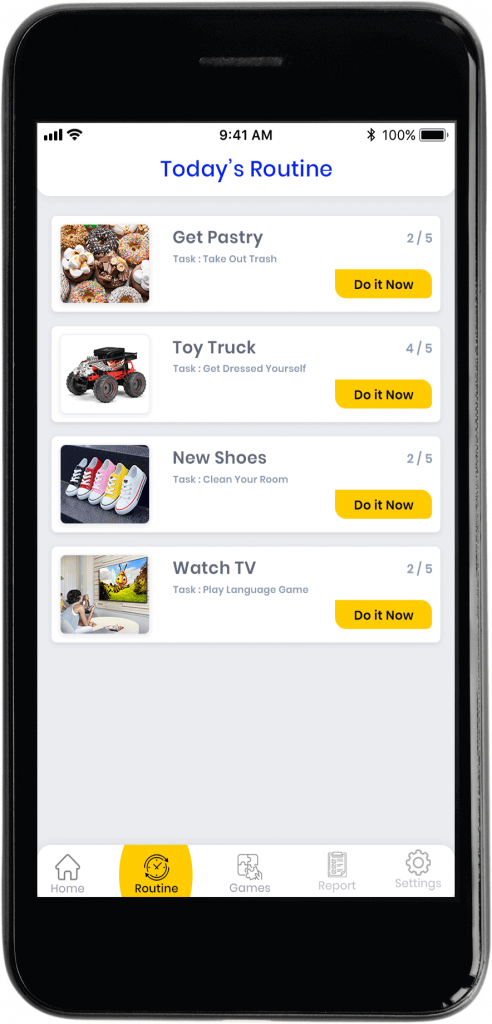
- What It Is: This branch of therapy includes collecting relevant data, based on the child’s responses, and an analysis is conducted to identify behavioral improvements. Adjustments to the learning program of the child are then undertaken, based on these insights.
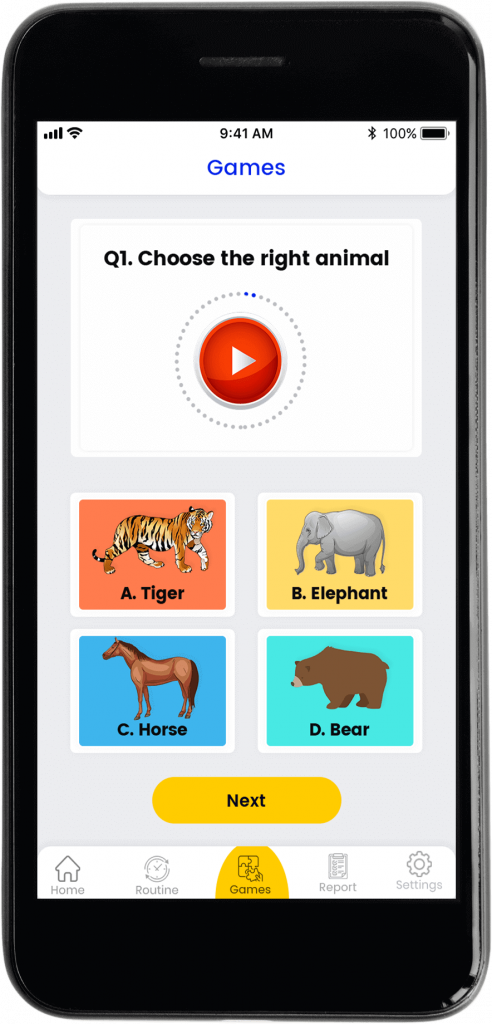
- Uses Academic performance, communication skills, fine motor skills, social skills, personal hygiene, and domestic management.
- How It Is Applied: Behavioral factors are examined to offer positive reinforcements and rewards that encourage the repetition of positive behavior. This reinforcement is encouraged through technological enhancements, along with eradication of behavior patterns that can harm the child.
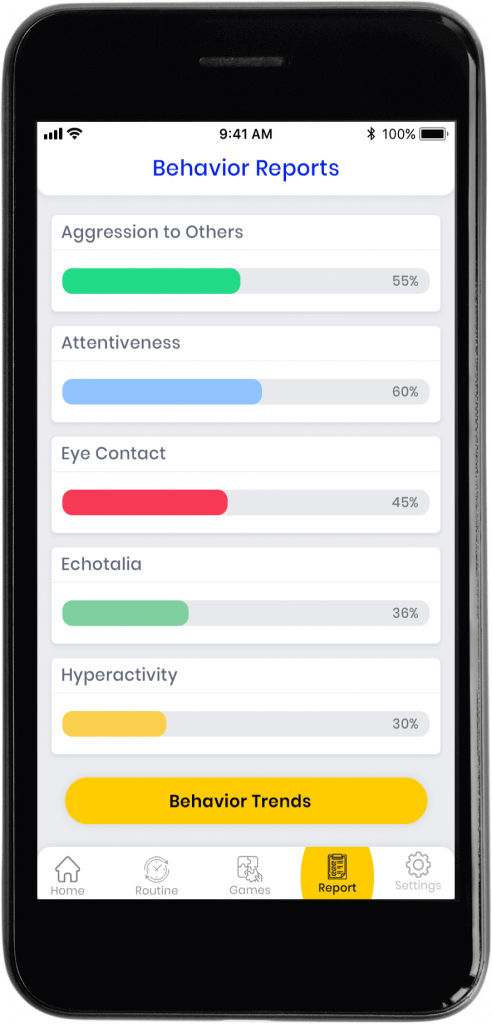
- Technologies: Audio-visual formats on devices, user-friendly designs, picture-based scheduling, behavior tracking tools, automated recording software, online charting, intervention tracking, symptom and compliance trackers, medication reminders, built-in library for relevant research, and goal setting.
Video-based Learning via Mobile Apps and Tablets:
When it comes to a connection, nothing does the job better than an audio-visual element. Patient education is no exception. Video-based learning that can be offered on mobile apps and tablets has the capacity to provide information in a manner that can be engaging and beneficial.
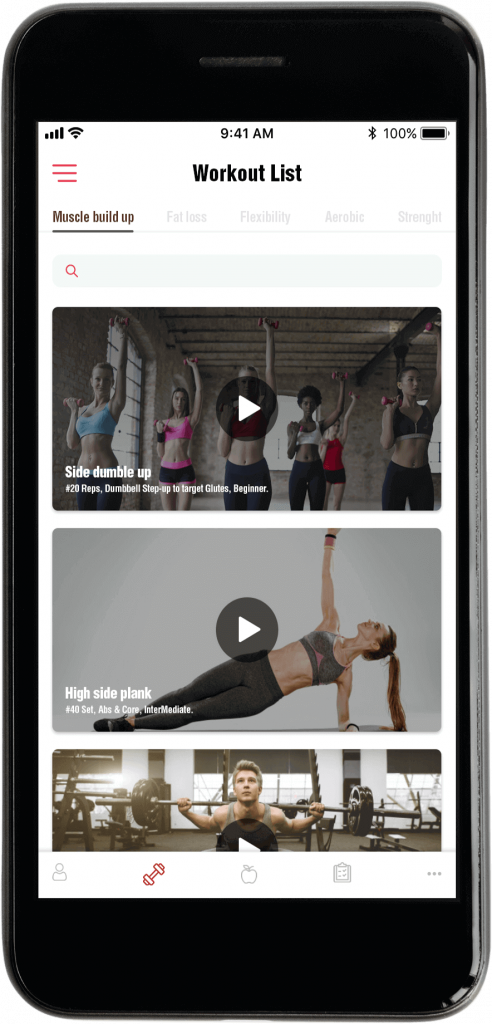
From enhancing the quality of discharge protocols and programs to providing quality measures, video-based learning is a dynamic tool toward improving health literacy and providing patient education. Empowered patients directly transfer to lower readmission rates, and thereby, reduce a considerable amount of cost for the healthcare organization. Some distinct advantages of health videos are as follows:
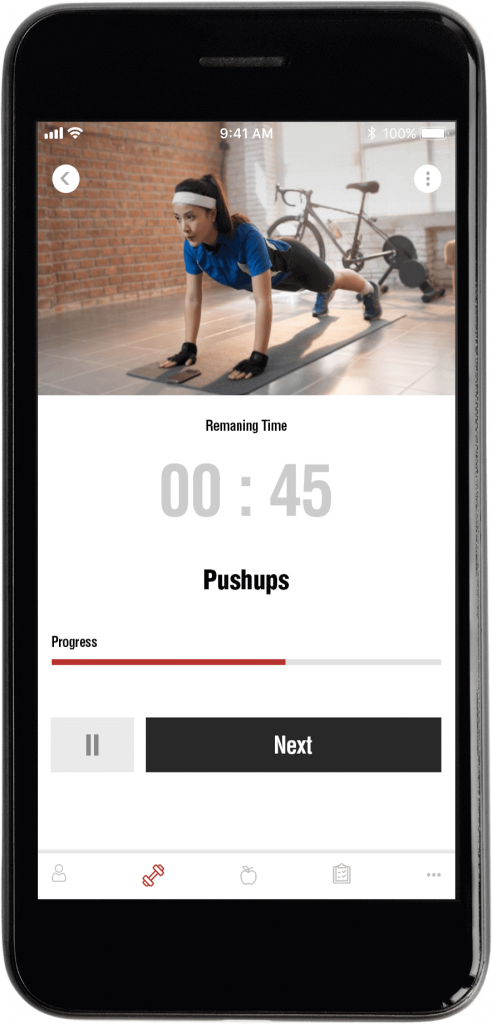
- Convey discharge information
- Offer customized and meaningful measures to enhance recovery
- Display methods to ensure optimum health maintenance
- Efficient management of clinician and staff time
- Engage patients to manage their own health
Nursing Intervention for Patient Education:
One of the primary participants in the patient education process is the nurse. They spend the maximum amount of time with the patient and can initiate the health education process from admission up until the point that the patient is discharged. Opportunities to educate the patient about self-care continue to present themselves during the ongoing treatment. Examples include teaching a patient how to inject insulin, check blood pressure and other vitals, bathe an infant, etc. The healthcare organization should put patient education as a priority among nursing intervention.
As part of these educational methods, one successful method is the hands-on approach that involves a real-life demonstration for the patient and has the patient repeat the processor information. It allows for the assessment of the level of comprehension among the patient. This is called the Teach-Back process and has been proven to be highly effective. Technology can play a vital role in this form of patient education. Using chatbots, telehealth strategies, alerts, and reminders can lend itself toward this process through patient engagement. Patients can display their level of proficiency through telehealth services. Furthermore, nurses can demonstrate the multiple ways to use telehealth technology, including alerts and reminders, so that patients can utilize them efficiently post-discharge.
Patient Portals for Education via Telemedicine:
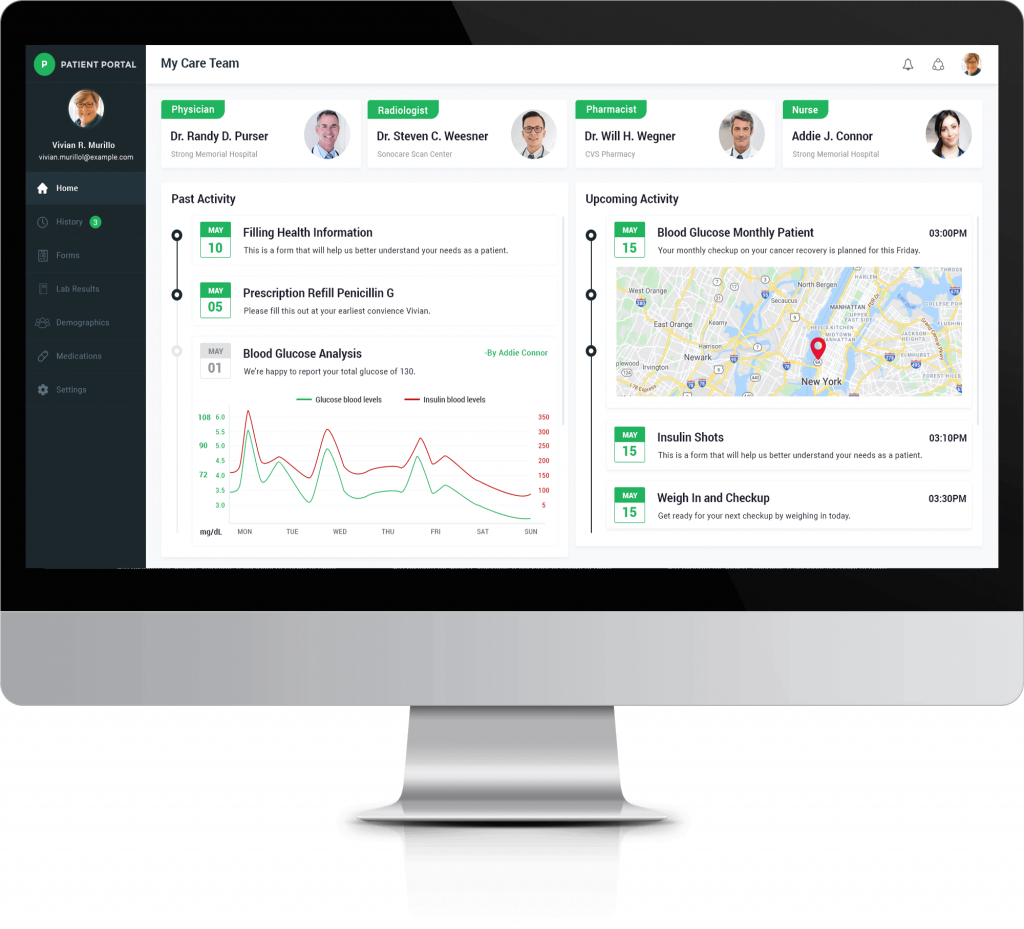
Healthcare organizations can greatly benefit through the inclusion of patient education materials into their present EHR patient portals through higher usability and increased effectiveness of patient engagement. Customized preventive measures can be communicated to patients, based on their specific EHR data, which will go a long way in positively influencing patient-provider relationships. Another important outcome of this is the building of trust, which is enhanced through the provision of relevant and reliable information to the patient.
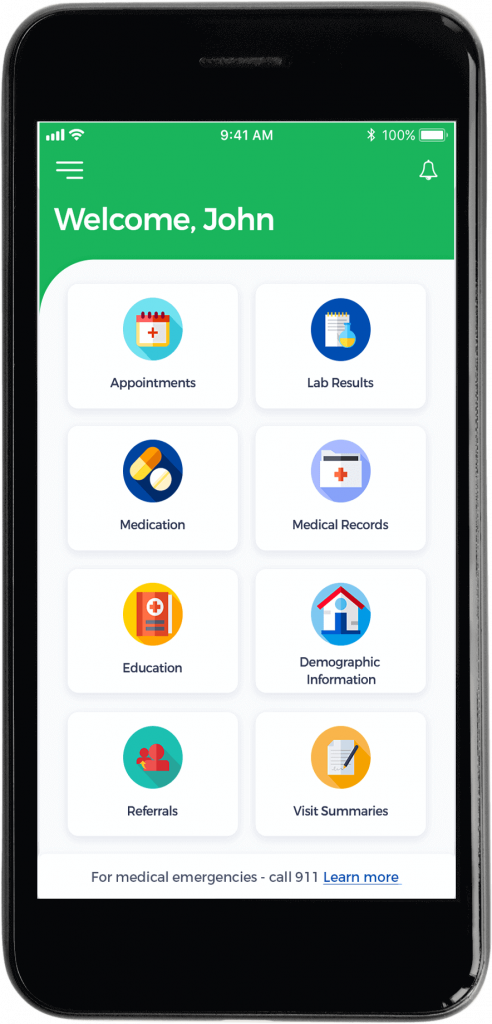
Another significant advantage of this process is the efficient time management that this offers clinicians and physicians. This is where the patient takes charge of their own health and thereby minimizes the clinician’s requirement for the same. Appointments can be automatically scheduled by the patient, with enough information dissemination to enhance the primary visit. This further reduces the burden on clinician workflow.
On this patient portal, patients can view their personal health information, interact with the relevant care providers, gain prescriptions, schedule appointments, access medical records, etc. It has the capacity to conduct the entire lifecycle of caregiving.
Gamification and Patient Engagement:
If you’re wondering how gaming and patient engagement can be related, read on. The gamification umbrella is broad, and it embraces widely-used technology, such as those that count your daily steps and other health parameters. These are examples of gamified apps that are designed to embrace multiple facets of the healthcare sector that deal with behavioral choices and changes. With motivational strategies, gamification is witnessing thriving success to achieve desired health outcomes. From commitment rewards, community involvement, and social avenues, makes this encourages to adopt.
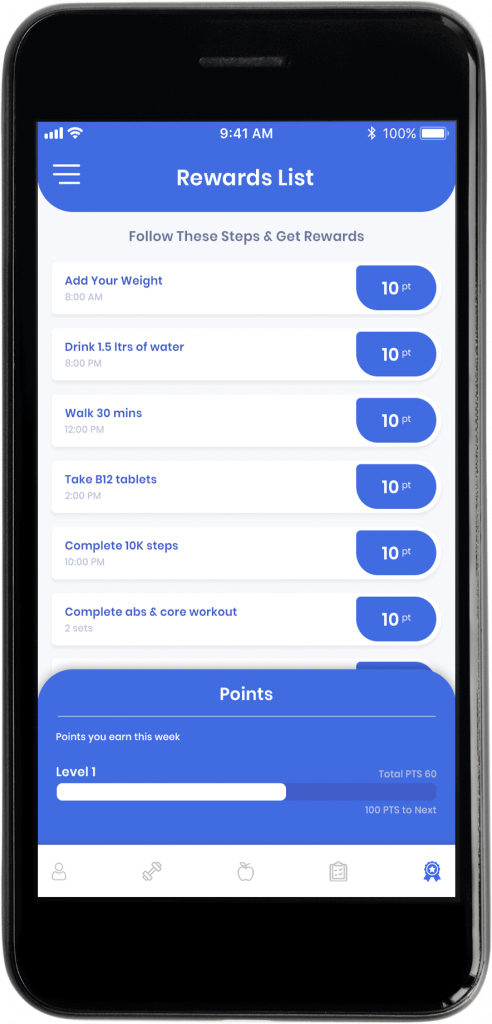
Creative methods to measure vitals through technology are gaining momentum and are fast turning into a healthcare trend. Behavior change is adopted, sometimes unconsciously, through the attractive means of gamified solutions. As the future unfolds, these applications could be used to identify appropriate insurance premiums, examine health history, and ensure speedy recoveries.
Examples of Gamification in Healthcare:
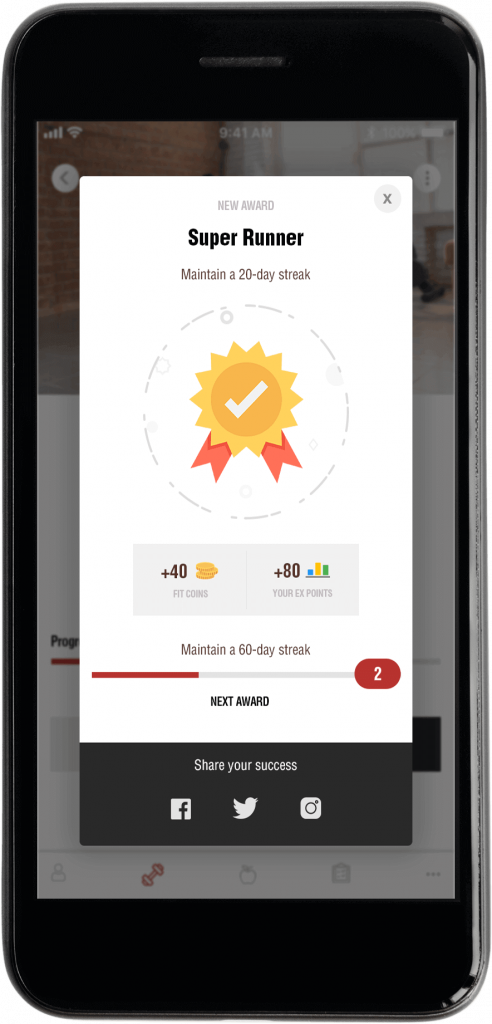
Game developers for the healthcare industry have applied gamification to all sorts of health tools. Gamification has been used to encourage:
- Diet Monitoring
- Exercise Tracking
- Medication Management
- Medication Adherence
- Physical Therapy
- Chronic Condition Management
- Cognitive Assessments
- Stress Reduction
- Quitting Addictions
- Health Knowledge
Conclusion:
Robust technologies have opened up several avenues to improvise patient education and, thus, positively influence the healthcare organization’s overall functioning and ROI. Patient-management of healthcare improves the patient’s quality of life and the caregiver’s quality of output alike. Interactive technology is a critical component of providing this education. Patient portals, personalization techniques, gamification, and nursing intervention are all strategies that are focusing on empowering and educating the patient.
A patient who receives health literacy through innovative technology is far more likely to respond and adapt the strategies toward taking charge of their own health. As globalization makes the world smaller than ever before, patient accessibility and curiosity continue to grow. The physician-patient relationship has evolved from a giver-receiver to a cooperative model. Over 80% of internet users have accessed health-related information online. This is a clear indication that patients are ready to be empowered to take charge of their own health.
OSP is a trusted software development company that delivers bespoke solutions as per your business needs. Connect with us to hire the best talents in the industry to build enterprise-grade software.

How can we help?
Fill out the short form below or call us at (888) 846-5382
Looking for software solutions to build your product?
Let's discuss your software solutions for your product in our free development acceleration call!
Get In Touch arrow_forwardDiscuss Your Project Handover with a team of expert Book a free consultation arrow_forward
About Author

Written by Riken Shah linkedin
Riken's work motto is to help healthcare providers use technological advancements to make healthcare easily accessible to all stakeholders, from providers to patients. Under his leadership and guidance, OSP Labs has successfully developed over 600 customized software solutions for 200+ healthcare clients across continents.







